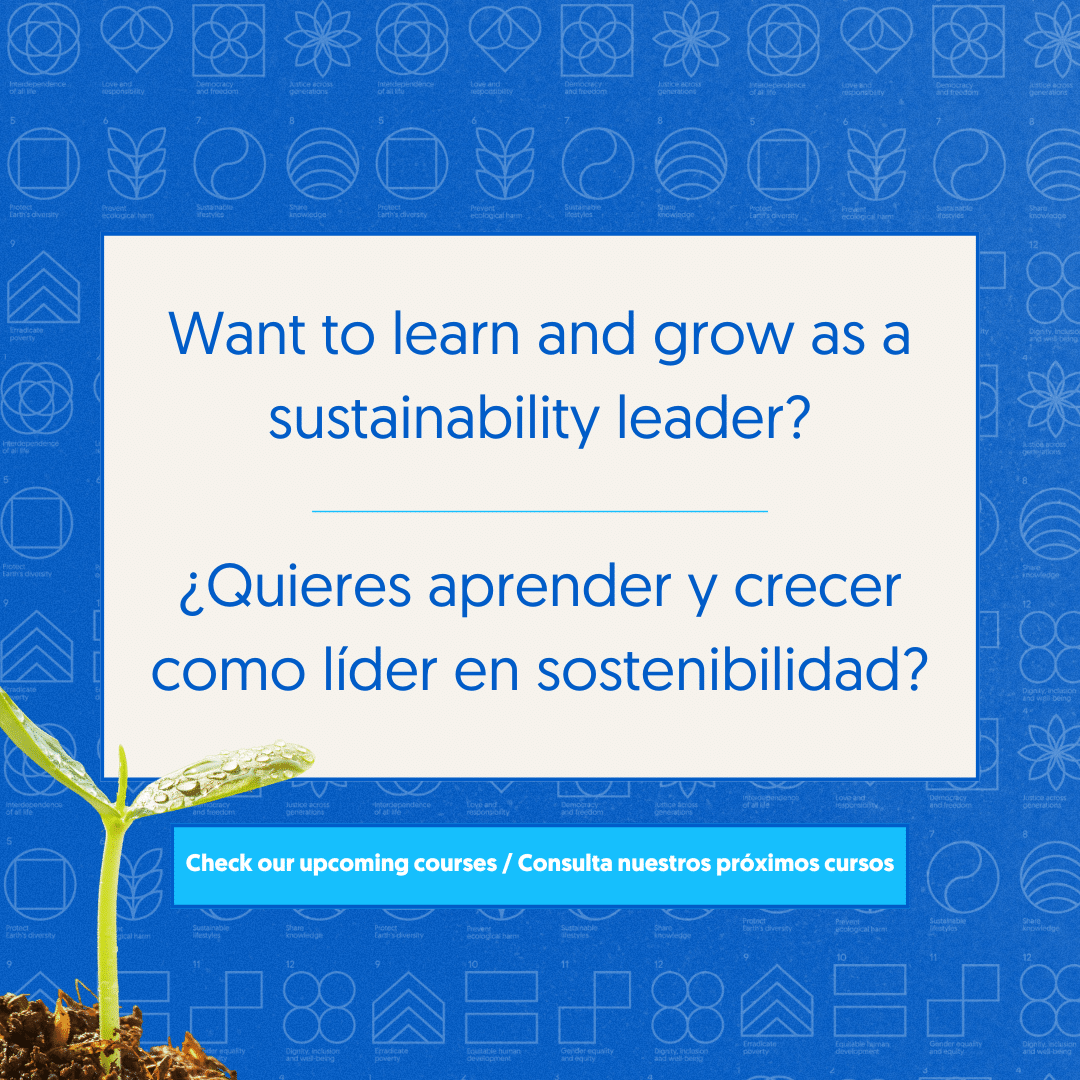In 1987 The World Commission on Environment and Development (known as “the Brundtland Commission”) launched Our Common Future Report with a call for a “new charter” to set “new norms” to guide the transition to sustainable development.
Following that, discussion about an Earth Charter took place in the process leading to the Earth Summit in Rio de Janeiro in 1992, but the time for such a declaration was not right. The Rio Declaration became the statement of the achievable consensus at that time.
In 1994, Maurice Strong (Secretary-General of the Rio Earth Summit) and Mikhail Gorbachev, working through organizations they each founded (Earth Council and Green Cross International respectively), launched an initiative (with the support from the Dutch Government) to develop an Earth Charter as a civil society initiative. The initial drafting and consultation process drew on hundreds of international documents.
An independent Earth Charter Commission was formed in 1997 to oversee the development of the text, analyze the outcomes of a world-wide consultation process and to come to an agreement on a global consensus document.
In March 1997 at the Rio+5 Forum, a first Benchmark Draft of the Earth Charter was released as a “document in progress”. Ongoing international consultations were encouraged and organized. Please see “Influences shaping the Earth Charter”.

In April 1999 a Benchmark Draft II of the Earth Charter was released and international consultations continued particularly through Earth Charter National Committees and international dialogues.
After numerous drafts and after considering the input of people from all regions of the world, the Earth Charter Commission came to consensus on the Earth Charter in March, 2000, at a meeting held at UNESCO headquarters in Paris. The Earth Charter was formally launched in a special ceremony on 29 June at The Peace Palace in The Hague, Netherlands.

Over the following five years, a formal endorsement campaign attracted over 2,000 organizational endorsements, representing millions of people, including numerous national and international associations, and ultimately global institutions such as UNESCO and IUCN – The World Conservation Union. Many thousands of individuals also endorsed the Earth Charter.

The Earth Charter is increasingly recognized as a global consensus statement on the meaning of sustainability, the challenge and vision of sustainable development, and the principles by which sustainable development is to be achieved. It has been used as a basis for peace negotiations, as a reference document in the development of global standards and codes of ethics, as a resource for governance and legislative processes, as a community development tool, as an educational framework for sustainable development, and in many other contexts. The Charter was also an important influence on the Plan of Implementation for the UNESCO Decade for Education on Sustainable Development.
Drafting process
The Earth Charter Secretariat, Earth Charter Commission members, National Committees, partner organizations and many other groups, organized consultations focused on the ideas and principles to be included in the Earth Charter. These meetings took place over a five-year period from 1995 to 2000.
The recommendations and comments generated by these consultations were forwarded to a drafting committee created by the Earth Charter Commission in December 1996. Professor Steven C. Rockefeller was appointed by the Commission to chair this committee.

In March 1997, the drafting committee began circulating internationally to all interested parties drafts of the Earth Charter for comments. The committee hosted a number of drafting meetings with groups of experts such as scientists, international lawyers, and religious leaders. In addition, on three occasions the drafting committee held a special drafting meeting for the purpose of reviewing all the contributions from the consultation process and preparing extensive recommendations for a new draft of the Charter. The participants represented diverse regions of the world and important constituencies and brought to the meeting the required expertise in areas such as science and international law. The discussions and debates at these meetings were especially important in shaping the document. These three meetings were held at the Rockefeller Brothers Fund (RBF) Pocantico Conference Center outside New York City on the following dates:
- January 30 – February 2, 1997
- January 4 – 6, 1999
- January 24 – 26, 2000
In addition, during the years 1997-2000, a small core group that grew from three to eight persons worked especially closely with Steven Rockefeller on the actual writing of the text.
A first Earth Charter benchmark Draft was issued in March 1997 and a second Draft was issued in 1999. Each one of them was translated in various languages, circulated widely and received significant contributions for improvement.

On June 29, 2000, the Earth Charter Commission with the support of Queen Beatrix of the Netherlands formally launched the Earth Charter at the Peace Palace in The Hague.
With the completion of drafting process, the Earth Charter Initiative entered a new phase. The goal was to circulate the document widely and encourage groups to adopt an apply it to their sphere of work. Over the past 20 years, ECI has been promoting it as an educational tool, as an ethical reference and a guide to responsible action in civil society, business, and government.
Earth Charter Commission
The Earth Charter Commission oversaw the consultation and drafting process of the Earth Charter from 1997 to the year 2000 and agreed on the final text of the Charter. Since then Commission members act as Ambassadors for the Earth Charter.
Africa and the Middle East
Amadou Toumani Touré, Mali (Co-chair)
HRH Princess Basma Bint Talal, Jordan
Mohamed Sahnoun, Algeria
Asia and the Pacific
A.T. Ariyaratne, Sri Lanka
Kamla Chowdhry, India (Co-chair)
Wakako Hironaka, Japan
Pauline Tangiora, New Zealand/Aotearoa,
Erna Witoelar, Indonesia
Europe
Mikhail Gorbachev, Russia (Co-chair)
Pierre Calame, France
Ruud Lubbers, The Netherlands
Federico Mayor, Spain
Henriette Rasmussen, Greenland
Awraham Soetendorp, The Netherlands
Latin America and the Caribbean
Mercedes Sosa, Argentina,(Co-chair)
Leonardo Boff, Brazil
Yolanda Kakabadse, Ecuador
Shridath Ramphal, Guyana
North America
Maurice F. Strong, Canada, (Co-chair)
John Hoyt, United States of America
Elizabeth May, Canada
Steven C. Rockefeller, United States of America
Severn Cullis Suzuki, Canada















